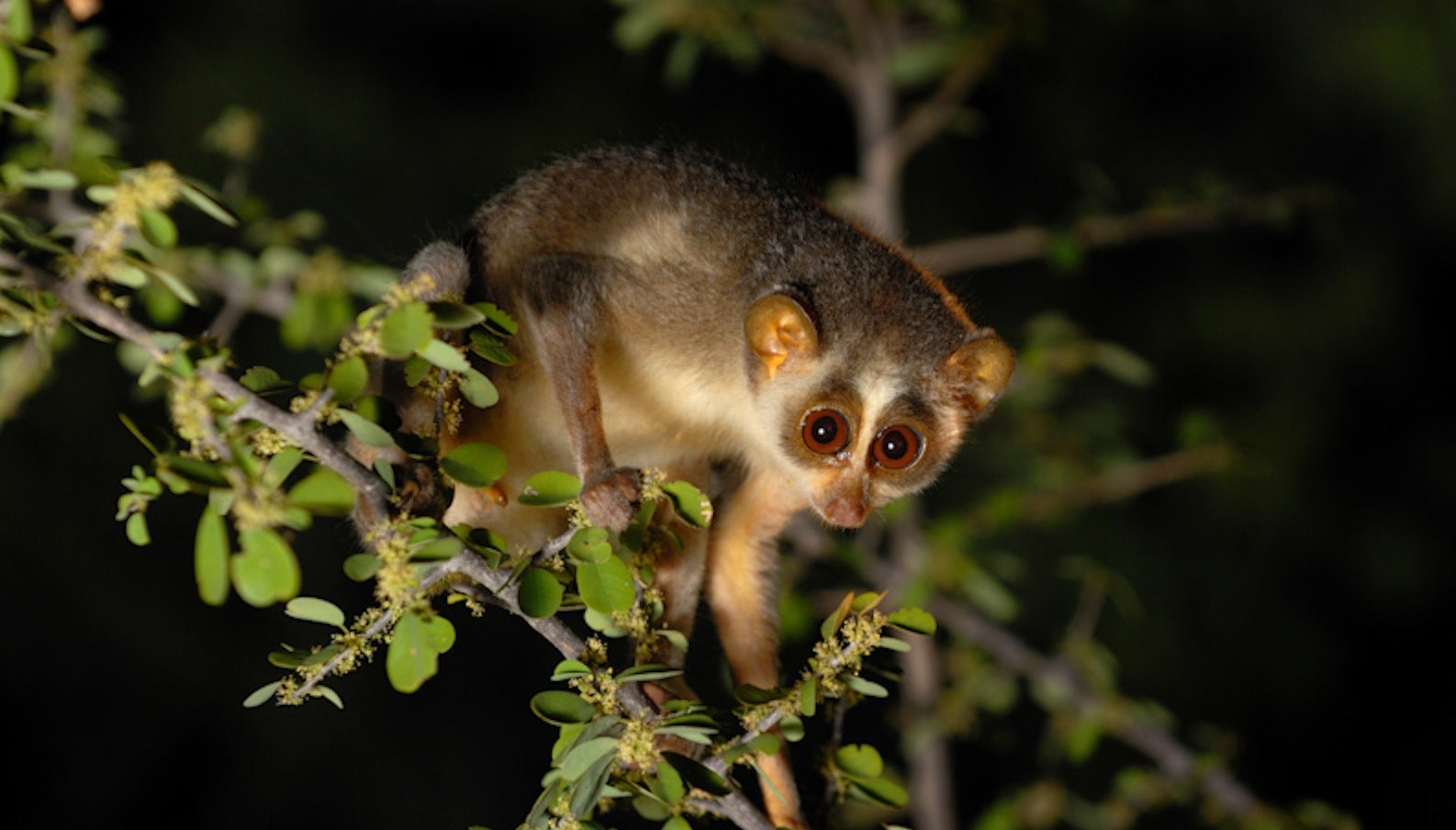Despite Bengaluru’s construction boom, its rare “forest babies” are still at home
Over the years, Bengaluru has been slowly losing its “garden city” reputation.


Over the years, Bengaluru has been slowly losing its “garden city” reputation.
Between 2001 and 2011, the southern metropolis lost 66% of its tree and vegetation cover as its population surged, with a construction boom fuelled by its arrival as India’s Silicon Valley.
Despite the countless new office buildings and high-rise apartments, one tiny, endangered primate species, which has always called the city and its environs home, has persisted in holding on to its corner of Bengaluru.
The slender loris is a big-eyed nocturnal creature that is found in the forests of south India and Sri Lanka. It’s also known as kaadu papa, meaning forest baby in Kannada, presumably because its round eyes and diminutive size make it look a little like a furry baby.
Lorises live high above in the thick canopies of tree tops, where they can find insects to eat and hide from predators. They even sleep curled up in the canopies, instead of inside nests or tree holes.
In the past, these small primates were to be found even in the heart of Bengaluru, but with rapid urbanisation taking over their habitat, the remaining lorises have sought out those parts of the city that continue to stay green: the vast and verdant campuses of educational institutions and some city parks. They’ve also adapted to the changes by making their homes at greater heights, taking advantage of Bengaluru’s tall trees to minimise contact with humans.
It’s difficult to find data on the size of the loris population because there hasn’t been any official census. Some estimates suggest that a few hundred could be living in Bengaluru.
But the Urban Slender Loris Project is trying to clear up some of the mystery. The small group of researchers is working to create a record of the number of lorises in the city, and the places they live in, by recruiting local residents to make night-time trips to green spaces across Bengaluru. The group has spotted 61 lorises in the last six months.
The project is being spearheaded by Kaberi Kar Gupta, a visiting scientist at the Centre for Ecological Science at Bengaluru’s Indian Institute of Sciences, who studied the slender loris in the forests of the Kalakad-Mundanthurai tiger reserve in Tamil Nadu for nearly a decade.
In 2013, Gupta and a few other experts decided to look for lorises in Bengaluru, checking the verdant campus of a university in the city. To their surprise, there were plenty to be found.
“They were everywhere. Their density was much higher than what I saw when I did my PhD,” Gupta told the Guardian in July, adding that the team had not expected the lorises to be living inside the city, given its rapid growth in the past 20 years.
And so Gupta and her team decided to launch a project to conserve the species in Bengaluru.
Lorises are also at high risk because of poaching, sometimes even for black magic rituals. In 2013, People for Animals, a non-governmental organisation, rescued six lorises that had been injured while being used for some barbaric rituals.
But the Urban Slender Loris Project is betting that getting locals involved will help the tiny lorises survive, and even thrive, in Bengaluru.
The photo has been reproduced under the GNU Free Documentation license.